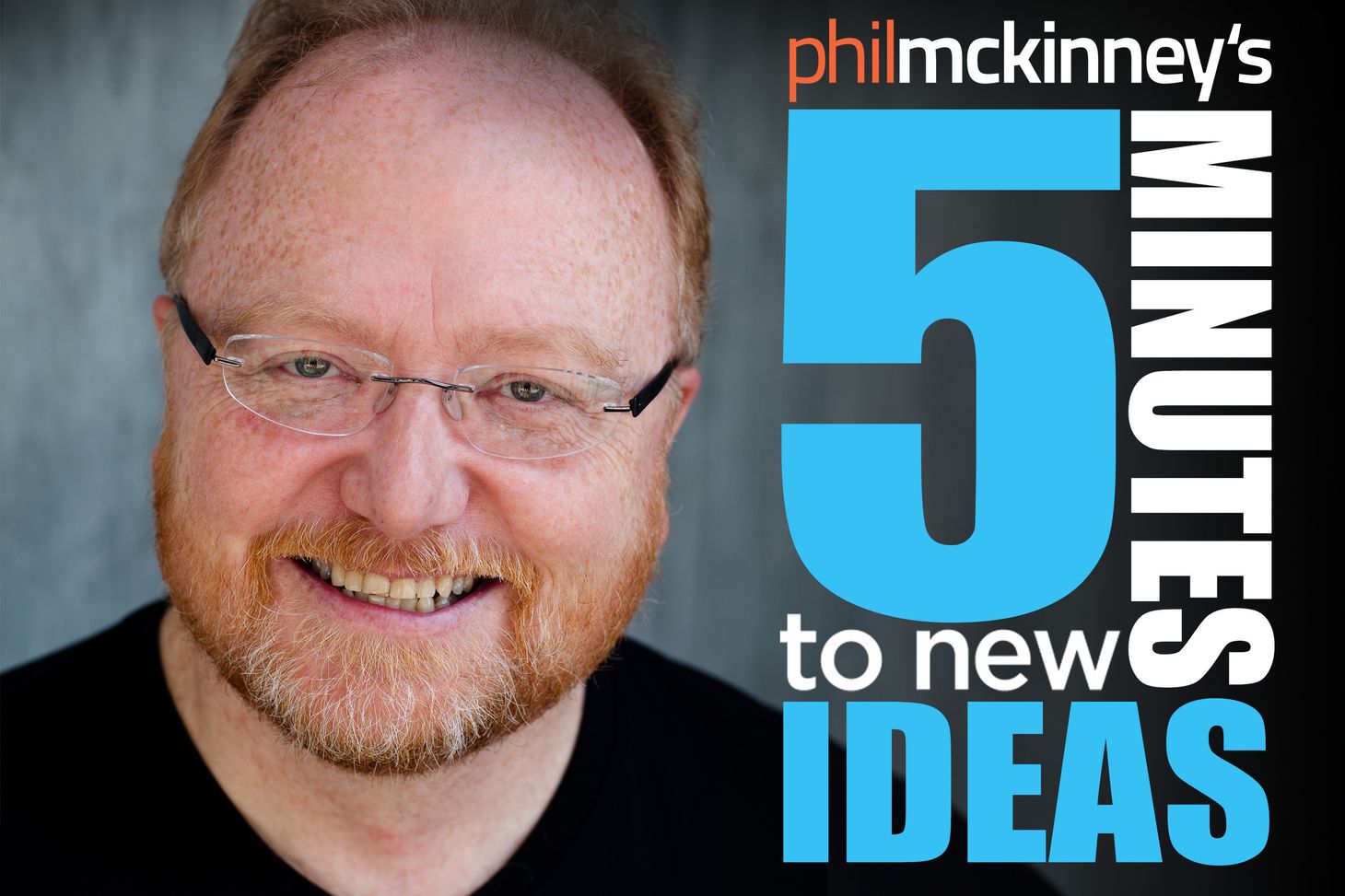Can I create an on-demand version of the product?

Do you need to have a finished product in order to make a sale?
Is there any way that not offering a finished product would actually give you an advantage, or even become a selling point?
My children have long since outgrown toys, but my grandkids have more than once roped into visits to Build-A-Bear.
Build-A-Bear, like the paint-your-own pottery craze that preceded it, doesn’t offer a finished product.
In fact, the whole selling point is that you create your own customized product in-store.
These types of businesses are offering a dual product: both the end result—be it a stuffed animal in a personalized costume or an “I Love PaPa” coffee mug—and the chance to create something without taking responsibility for gathering materials or cleaning up the mess it generates.
A stuffed toy may feel like a low-risk product, but children’s fads can be as fickle as an adult’s.
Just ask any parent.
Once you start adding the layers of design and complexity to a toy—clothes, accessories, prerecorded sounds—you risk creating something that misses the mark with your target audience.
Build-A-Bear’s strategy is very clever in that it allows them to keep components, rather than finished products, as inventory.
They never have to run the risk of being stuck with 10,000 astronaut bears the week after the latest Pirates of the Caribbean opens.
There are two points to take from this.
The first is that these companies are reducing their risk of having a stockroom full of briefly popular products that they now can’t sell.
The second is that they are able to charge their customers a premium for the pleasure of assembling the final bear.
They’ve been able to persuade their customers that down is up.
They don’t offer a fully finished product for sale, and if you do want their product -- you’ll have to assemble it yourself.
Absolute Genius.
Home bakers have experienced a similar shift in how they “make” a product—for example, a cake.
When I was a kid, my grandma would make me a cake from scratch every year.
The cake cost maybe a dollar in commodity goods.
When she passed away, my mom took over the job. She’d buy a cake mix, add an egg, some oil, and some water, and that was it.
Of course, the cake was more expensive because of the convenience factor of having pre-made cake mix – but you still had to make it yourself.
There’s a relationship here between the amount you’re paying and the experience you’re receiving.
Selling these products is about more than simple convenience.
Manufacturers have to walk a thin line between making a product so easy that it feels like cheating, and so complex that the user sees no value in the supposed “convenience.”
When cake mixes first came out, they were really simple; all you had to do was add water.
But women didn’t like it, because it felt too easy—like they hadn’t contributed anything to it, and couldn’t claim any pride in making it.
So cake mixes were altered to require a fresh egg as well, and the product took off.
If you want to build this kind of emotional connection with your customer, you need to look at how you can offer them a creative “I did this” kind of experience.
There’s also a positive customer experience in being able to feel a sense of personal pride in something they’ve done for themselves.
Can you give them an opportunity to take ownership over the construction process?
Look at ways in which you can add real value for your customer while simultaneously giving them a less-finished product that reduces your cost to manufacturer and ship.
Can you give them the chance to say “I did this”?
So ..
Can you create an on-demand version of your product?
While this sounds easy – it requires you to dissect your product or service and ask yourself …
What benefits would you get if you were able to sell your product such that the customer assembles it?
Could assembling it be pitched as a learning, bonding, or more authentic process?
Could you increase the perceived value, and hence the cost, of your product by emphasizing its real-time availability?
ITS NOT ALWAYS ABOUT THE FINISHED PRODUCT – BY EMBEDDING AN EXPERIENCE THAT SOLICITS AN “I DID THIS” FEELING, YOU COULD BE THE ONE TO LAUNCH THAT NEXT “ON DEMAND” CRAZE.
I’M PHIL MCKINNEY -- AND THANKS FOR LISTENING.
Phil McKinney Newsletter
Join the newsletter to receive the latest updates in your inbox.




